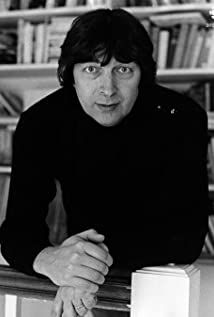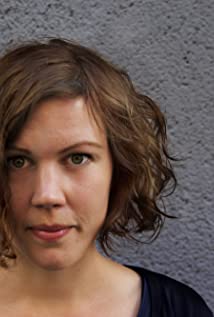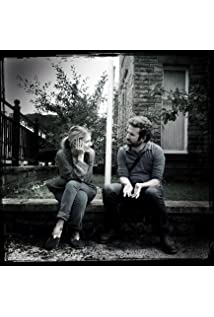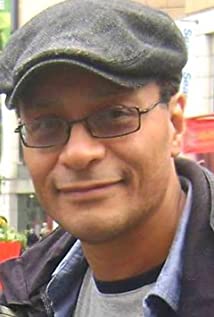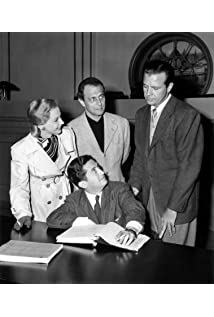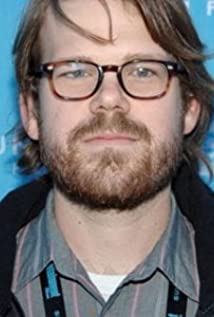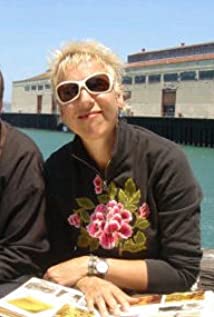In 1987, and with a favorable exchange rate between the US and Canadian dollars being a win/win for US producers, Cannell decided to shoot his new series Stingray in Toronto. So many producers were shooting in Toronto that no crews were available to man any additional productions. Cannell shot seven episodes of Stingray in Calgary with the remainder being shot in Vancouver. His first series shot there was 21 Jump Street, the highest-rated show of the new Fox network's first season. With more and more series being shot in Vancouver, Cannell said, "We were fighting with everybody for locations and stage space". His solution was to build a new, state-of-the-art facility, "The North Shore Studios" on 13 acres with one hundred thousand feet of office space and seven sound stages. The series 21 Jump Street was soon followed by Wiseguy, The Commish, Booker, Hawkeye, Cobra, The Hat Squad, J.J. Starbuck, Stingray, Street Justice, and Unsub, and a number of television films were also shot in Vancouver by Cannell's production company.





